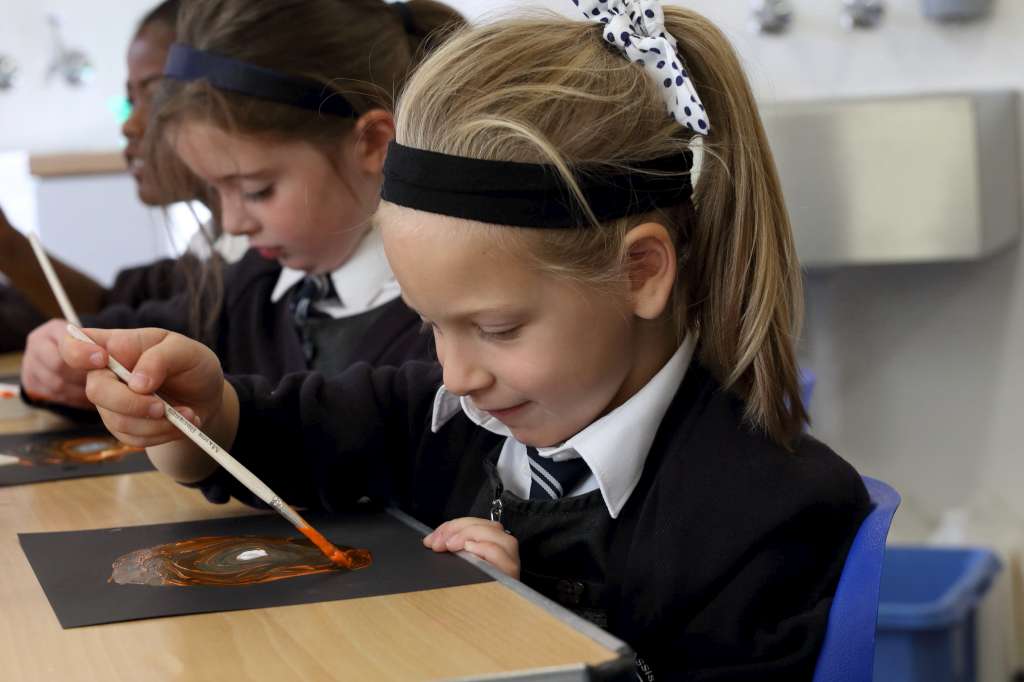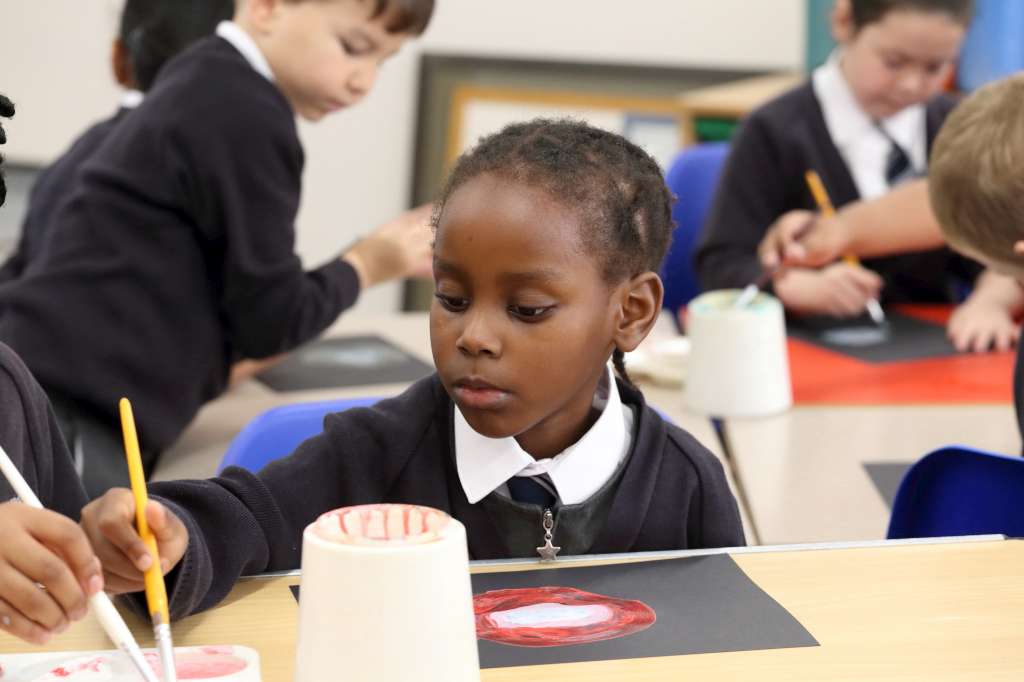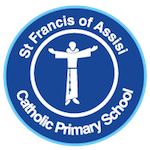Art
Subject Leader: Elizabeth Keating-Jones

Art Intent Statement
We believe that the teaching and learning of art at St Francis should be an engaging and transformative experience. A skills checklist is utilised as a fundamental part of our challenging programme, but we believe it is in the application of knowledge where the children will evolve, grow and ultimately become creative decision makers.
We believe the teaching of art at St Francis is not only, a process whereby children learn theoretical and practical application of various artistic techniques; but it is also a facilitative opportunity for learners to truly express their feelings towards, and their understanding of, the world around them.
Recognising that children will arrive at the art studio with different levels of experience, confidence and ability, it is our overarching goal to promote security and self-belief. We will encourage risk taking in a safe and nurturing environment, we will strive to achieve true potential through reflective practice and, we will provide opportunities to show a growth mind-set by constructive use of personal, peer and teacher feedback.
From a holistic perspective, coverage of art and the natural progression of our learner’s skills and ability, will be analysed both strategically across the whole school, and compartmentally within each individual class, thus allowing access to each lesson block, to children of all levels and abilities.
Every task will have at its core, a clearly defined goal and well-articulated focus. In a structured yet somewhat child-led educative environment, the children will be permitted a certain level of autonomy and emotional freedom, to self-guide guide their given task and control how this develop and evolves over the course of the lesson. Children will also be expected, and encouraged, to respond to their tasks subjectively, by engaging their own imagination and using their own interpretation.
Empirical evidence has shown that in the recent times, higher education institutions have experienced a significant decline in the number of children choosing to study art at higher levels. With this emerging social trend in mind, it is crucial that primary school children are given as many quality-focused opportunities as possible to explore not only art but also themselves as artists.
By inviting established, local artists to the school to work alongside the children at various stages in the year, the children will be provided with a valuable inspirational experience whereby they can learn first-hand about the journey in and through the wide spectrum of artistic culture and industry.
The teaching of art would be difficult without acknowledging the sheer volume and variety of artistic works worldwide. It is important therefore to recognise the impact of relationships, time, and heritage to which an art or artistic style may belong. To explore a variety of cultures and histories through art will allow time for discussion based upon respect and ally-ship, understanding that it is not the intent to appropriate art from traditional owners, but to dive deeper into the cultures of our world. Discussions will be had within the class and wider school about the cultural significance of creative endeavours such as nature, art and poetry. In that respect, discussing art for which we do not have a fondness, will be a part of the programme. Art is after all, richly diverse, evoking different feelings and responses in different people. Such opportunities will be approached as a time for growth, discussion and understanding in line with our whole school mission statement, as we: ‘work together to provide a caring, stimulating and nurturing environment, where every child can discover their true potential.’
Aims
The aim of the art curriculum is to:
Provide an engaging transformative experience, which will encourage a life-long enjoyment of art and creative works.
- Promote the children’s personal responses and understanding in their enjoyment of art.
- Provide a continuous programme of art for all the pupils throughout the school.
- Develop confidence through the depth and breadth of an art curriculum, designed to enhance a variety of skills and mediums.
- Provide a programme which builds upon previous experience and extends capabilities, further engaging with children at a variety of levels.
- Provide opportunities to create whole pieces which are mounted and displayed or shared at home to allow for the whole school audience to become a part of the art programme.
- Invite artists in to work alongside the children to provide insight into careers with creative industries.

